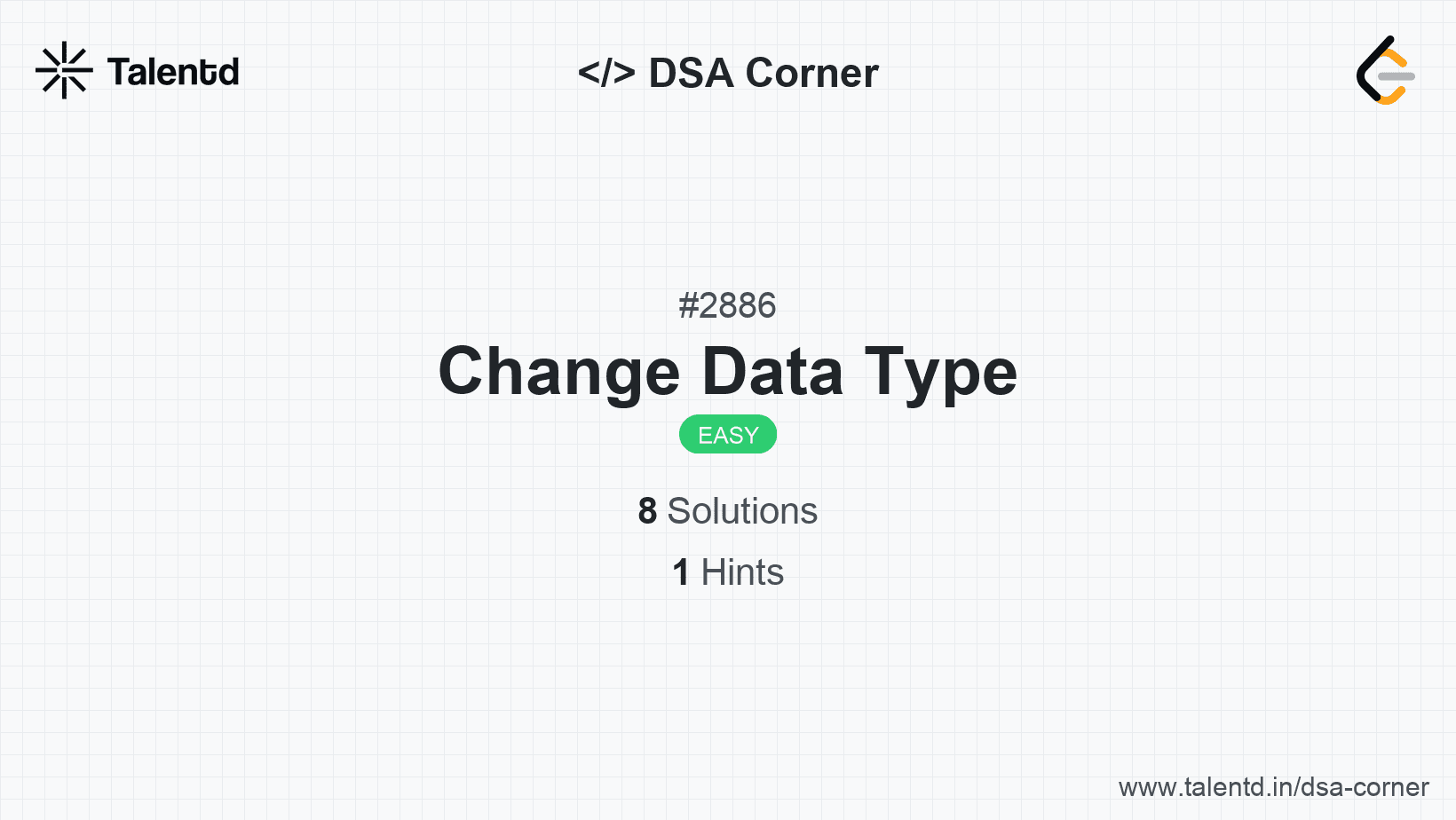
Sponsored
Sponsored
In this approach, we use the standard data handling libraries or frameworks provided by each language to manipulate the DataFrame. This generally involves directly converting the column data type from float to int.
Time Complexity: O(n), where n is the number of elements in the DataFrame.
Space Complexity: O(1), as it modifies the DataFrame in place.
1import pandas as pd
This Python code uses pandas, a popular library for data manipulation. The 'astype' method is used to convert the 'grade' column to integer type, thereby eliminating the decimal part.
This approach involves manually iterating over the data structure (for example, an array or list) and converting each 'grade' entry from a float or double to an integer representation. It's a more generalized approach and less dependent on specific data manipulation libraries.
Time Complexity: O(n), where n is the number of dictionaries.
Space Complexity: O(1), due to in-place updates.
1def convert_grades_to_int_manually(students):
2 for student in students:
3 student['grade'] = int(student['grade'])
4 return students
5
6# Example
7students = [
8 {'student_id': 1, 'name': 'Ava', 'age': 6, 'grade': 73.0},
9 {'student_id': 2, 'name': 'Kate', 'age': 15, 'grade': 87.0}
10]
11
12converted_students = convert_grades_to_int_manually(students)
13print(converted_students)This code demonstrates how to manually iterate over a list of dictionaries in Python, converting the 'grade' field of each dictionary to an integer.